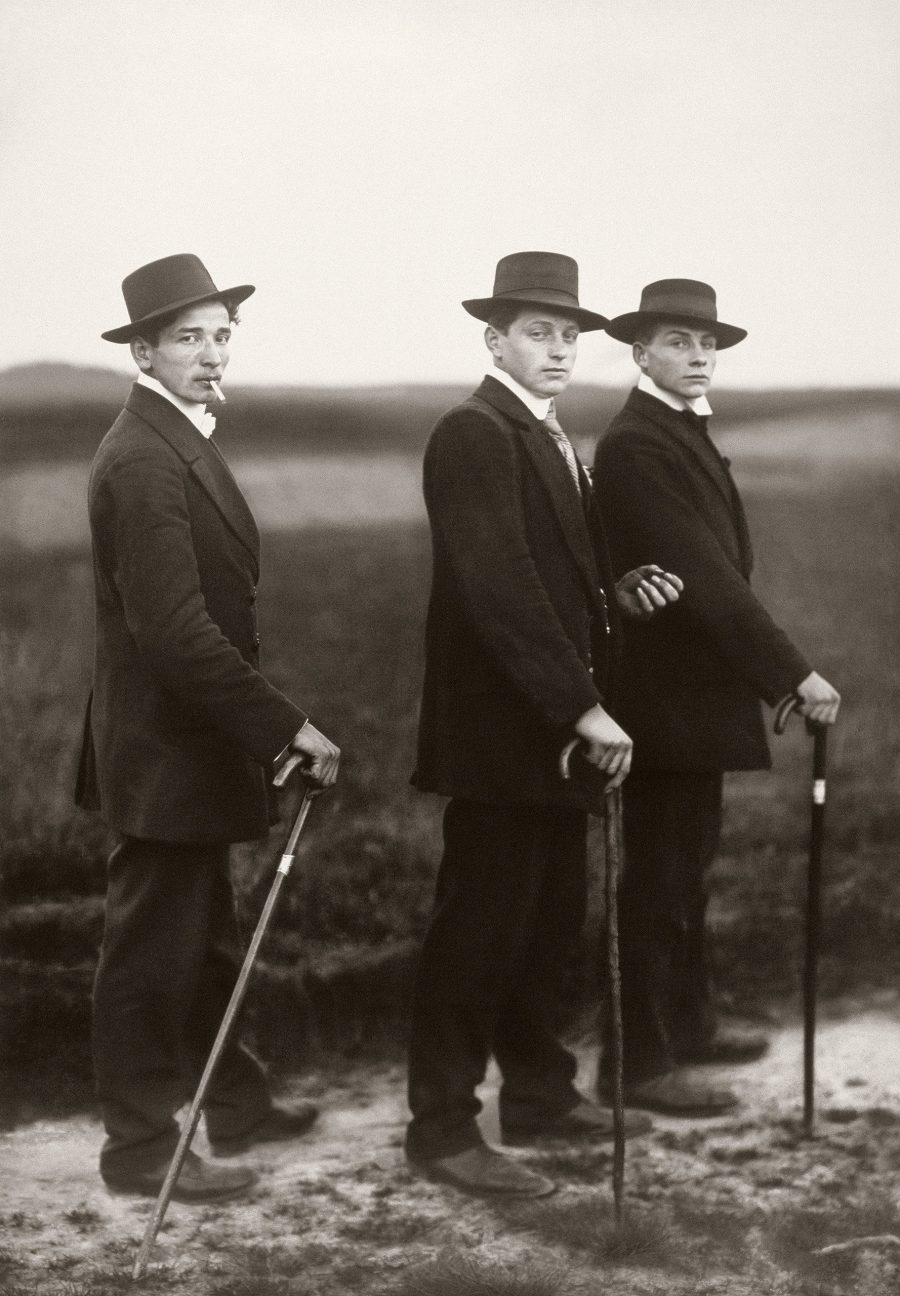Husband and wife team Christo and Jeanne-Claude produced what is arguably the most grandiose body of work in modern history. Their temporary monuments to the very idea of hugeness were viewable from space and impossible to ignore on the ground: Entire islands wrapped in miles of pink fabric. Gargantuan yellow and blue umbrellas placed up and down the coasts of California and Japan. The Reichstag bundled up in white fabric like a massive, shiny Christmas gift.
These projects left an indelible impression on millions not only in the months after their unveiling, but decades later. The iconic sites the two artists transformed always bear the memory of having once served as a canvas for their creations.
After removing the wrapping from the Biscayne Bay islands, a project he called “my Water Lilies” in honor of Claude Monet,” Christo remarked that Surrounded Islands lived on, “in the mind of the people.” So too will Christo live on—remembered by millions as an artist who did things no one else would ever have conceived of, much less carried out.
The artist, who passed away from natural causes at age 84 yesterday, seemed to savor the controversy and bewilderment that met his incredibly labor-intensive outdoor sculptures. “If there are questions, if there’s a public outcry,” he said of their 2005 Central Park installation The Gates, “we know how the public can be angry at art, which I think is fantastic.” I remember walking through The Gates when it debuted and thinking, as most everyone does at some point in response to his massive outdoor installations, “but, why?”
The effect was undeniably striking, hundreds of saffron flags waving between rectangular steel archways. Spring bloomed around the rows of gates that twisted around the Park’s footpaths, 7,503 gates in all. From a short distance away from the park, The Gates could be breathtaking. Up close, it could be crowded and obtrusive, as masses of tourists and locals made their way through the gauntlet of orange steel structures.
Hardly does it occur to us in museums to ask why the art exists. We enter with lofty, readymade ideas about its value and importance. But we were never given scripts to make sense of Christo’s whimsical intrusions into the landscape. Instead, he and Jeanne-Claude invented new forms and new venues for art, and made the multi-year process of planning and building each work from scratch a part of the work itself.
That process included lobbying legislatures and bureaucracies, sketching and planning, and coordinating with thousands who installed and removed the finished products. Each Christo and Jeanne-Claude creation seemed more ostentatious than the last. “His grand projects,” writes William Grimes at The New York Times, “often decades in the making and all of them temporary, required the cooperation of dozens, sometimes hundreds, of landowners, government officials, judges, environmental groups, local residents, engineers and workers, many of whom had little interest in art and a deep reluctance to see their lives and their surroundings disrupted by an eccentric visionary.”
And yet, “again and again, Christo prevailed, through persistence, charm and a childlike belief that eventually everyone would see things the way he did.” This meant that everyone who had to live with Christo’s creations in their backyards had to see things his way too, for as long as the public art existed. Christo “remained stoic in the face of mounting criticism,” as Alex Greenberger at Artnews puts it. Associated early with Situationism and France’s Nouveau Réalisme movement, the artist shared the latter group’s goal of discovering “new ways of perceiving the real” and the former movement’s commitment to spectacle as a means of mass disruption.
In the short video introductions to some of Christo and Jean-Claude’s most famous works here, you can see how the two revealed new realities to the world, driving up tourism while spurning corporate dollars. Instead, the artists financed their own projects by selling off the drawings and plans used to conceive them. Their operation was a self-sustaining entity, a thriving, successful company of its own. What they made were “beautiful things,” the artist said, “unbelievably useless, totally unnecessary,” and also totally inspiring, infuriating, and unforgettable.
“Christo lived his life to the fullest,” a statement released by his office reads, “not only dreaming up what seemed impossible but realizing it. Christo and Jeanne-Claude’s artwork brought people together in shared experiences across the globe, and their work lives on in our hearts and memories.” Christo hasn’t finished with us yet. The artist died while in the final planning stages of what will be his final work, L’Arc de Triomphe, Wrapped (Project for Paris, Place de l’Étoile – Charles de Gaulle), first conceived in 1962. That project, which will swaddle Paris’s Arc de Triomphe in 269,097 feet of fabric, is still expected to debut in 2021.
Related Content:
Climate Change Gets Strikingly Visualized by a Scottish Art Installation
“The Artist Project” Reveals What 127 Influential Artists See When They Look at Art: An Acclaimed Video Series from The Metropolitan Museum of Art
This Huge Crashing Wave in a Seoul Aquarium Is Actually a Gigantic Optical Illusion
Josh Jones is a writer and musician based in Durham, NC. Follow him at @jdmagness







